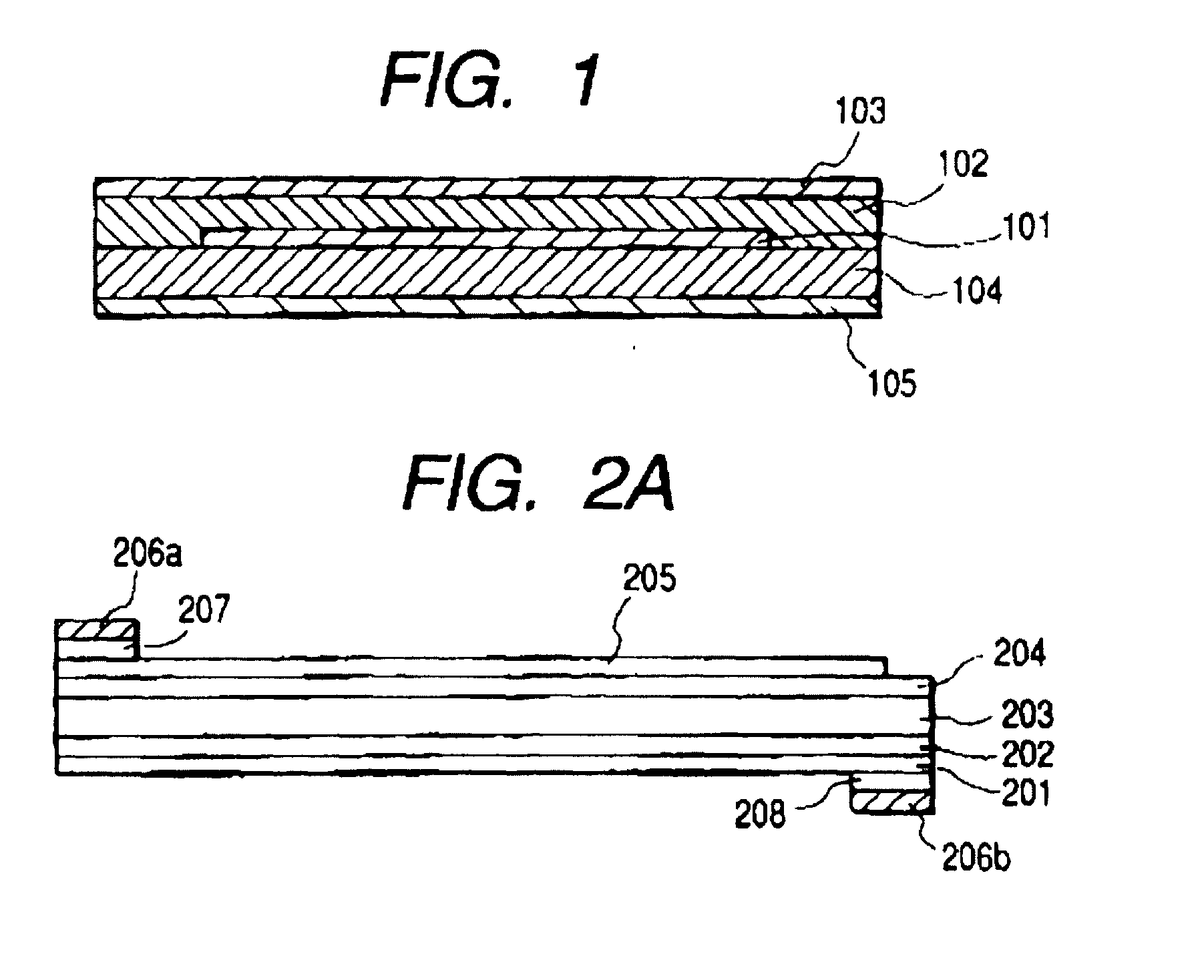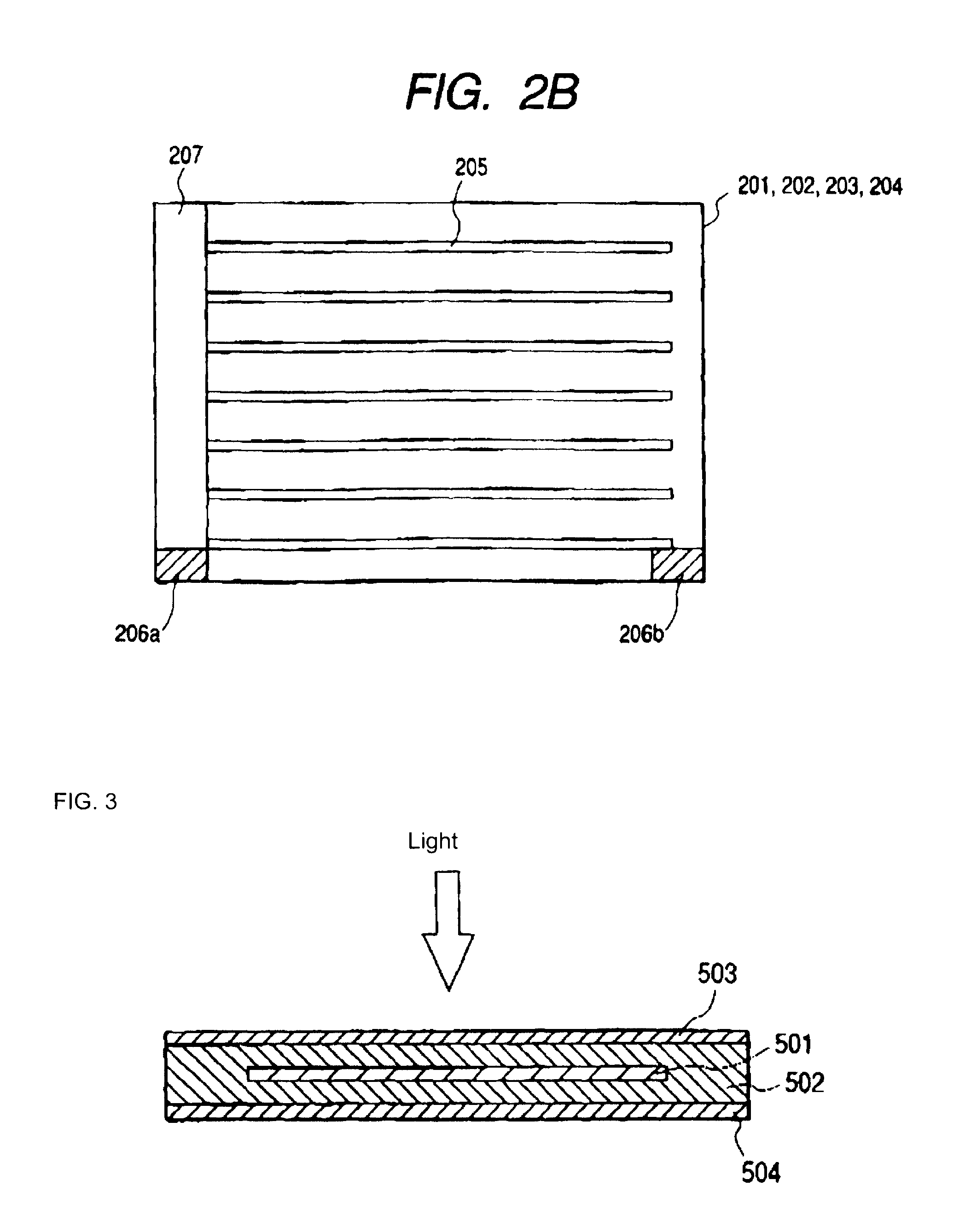Production of solar cell modules
a technology of solar cells and solar cells, applied in the direction of photovoltaic energy generation, pv power plants, semiconductor devices, etc., can solve the problems of photovoltaic elements that cannot withstand extreme outdoor conditions, corrosion of the photovoltaic element itself or of metallic parts, and the fixing means and/or peeling of the photovoltaic element cannot be easily removed, etc., to achieve excellent weathering resistance, reduce the power reduction of solar cells, and ensure the effect of permeability to ligh
- Summary
- Abstract
- Description
- Claims
- Application Information
AI Technical Summary
Benefits of technology
Problems solved by technology
Method used
Image
Examples
Embodiment Construction
For the purposes of the present invention,
a) at least one polyalkyl (meth)acrylate and
b) at least one compound according to formula (I)
in which the moieties R1 and R2 are independently an alkyl or cycloalkyl moiety having from 1 to 20 carbon atoms,
are used for the production of solar-cell modules. In this context, these components can be used together in one composition, e.g. as a mixture in a moulding composition, thus using more than one component together in the production of a common element, such as a moulding, of the solar-cell module. However, it is also possible to use each of them separately for the production of different individual elements of a solar-cell module.
The polyalkyl (meth)acrylate can be used alone or else in a mixture of a plurality of different polyalkyl (meth)acrylates. The polyalkyl (meth)acrylate can moreover also take the form of a copolymer.
For the purposes of the present invention, particular preference is given to homo- and copolymers of C1-C18-alkyl (...
PUM
| Property | Measurement | Unit |
|---|---|---|
| Percent by mass | aaaaa | aaaaa |
| Percent by mass | aaaaa | aaaaa |
| Percent by mass | aaaaa | aaaaa |
Abstract
Description
Claims
Application Information
 Login to View More
Login to View More - R&D
- Intellectual Property
- Life Sciences
- Materials
- Tech Scout
- Unparalleled Data Quality
- Higher Quality Content
- 60% Fewer Hallucinations
Browse by: Latest US Patents, China's latest patents, Technical Efficacy Thesaurus, Application Domain, Technology Topic, Popular Technical Reports.
© 2025 PatSnap. All rights reserved.Legal|Privacy policy|Modern Slavery Act Transparency Statement|Sitemap|About US| Contact US: help@patsnap.com



